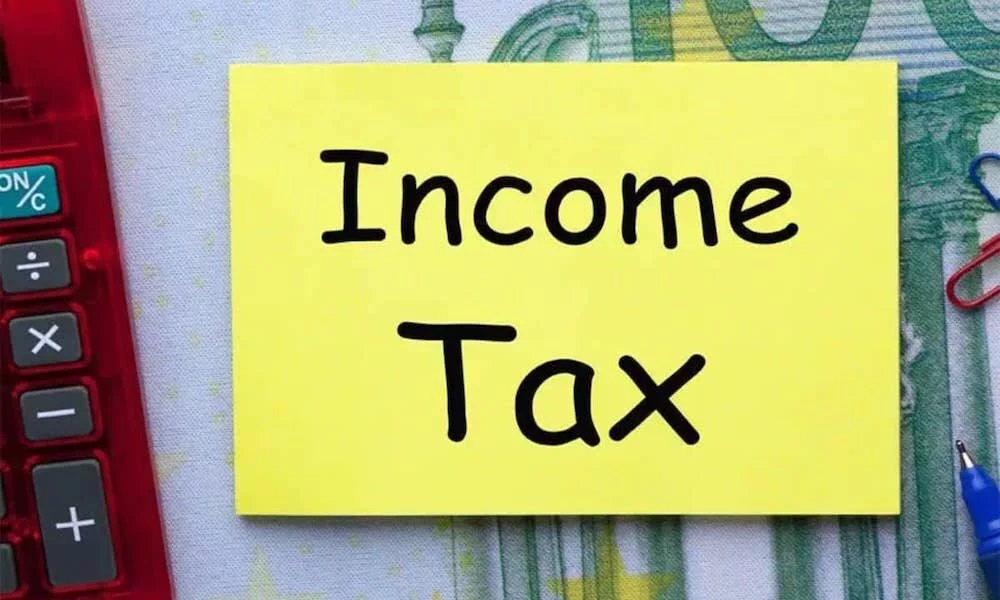What Happens If IRS loses your mail? Making claims for refund

The IRS can misplace a significant amount of mail. A portion of the letter probably gets undelivered before it reaches the IRS. Can the taxpayer lack their rights if this happens? The case Baldwin v. United States reopens this dispute before the court. Learn about IRS Tax Help Michigan
Elements & Procedural Background
In 2007, the taxpayers lost $2.5 million. They planned to use the loss as an offset to reduce their 2005 income taxes. According to the taxpayers, in June 2011, they submitted an amended tax return to the IRS through mail. The IRS claims that the updated tax return was never sent to it.
The IRS received the taxpayers’ second submission of the corrected return, which they had previously filed. The IRS claimed that the refund claim was mailed too late and it was the sole reason for the denial of the claim. Lawsuits then ensued.
The taxpayer was found to be entitled to a refund by the trial court. This section will discuss the IRS’s appeal of the ruling.
Filling out Refund Claims
To recover money from the initial return, taxpayers typically have three years from the date of the original return to file an amended return.
Regarding net operating loss carrybacks, the three-year term usually begins in the year that the net operating loss carryback was initiated.
Because of this, the original revised return in this instance would have been filed with the IRS on time. However, the IRS did not receive the return. The second amended return was mailed to the IRS after the three-year window for submitting a refund claim, and the IRS received them.
Rule of the Mailbox
The trial court took the mailbox rule into account. According to this regulation, some documents are mailed to the IRS and are considered timely even if the IRS receives them later.
You can find the mailbox rule in Section 7502. Court decisions supported the mailbox rule before the enactment of this section. The court-created rule is more relaxed than the mailbox restriction found in Section 7502.
The trial court created the more flexible common law or court-created mailbox rule used in this instance. It reasoned that the purpose of Sec. 7502 was to supplement the common law rule rather than to replace it.
The appeals court came to a different decision after reviewing the case. It decided that the common law rule was superseded by Sec. 7502.
The significance of the issue
The Treasury Department has adopted regulations interpreting Section 7502. In essence, these regulations state that to benefit from the mailbox rule, the taxpayer must retain documentation of registered or certified mail. This restriction does not apply to the common law mailbox rule.
In this instance, the case appears that the taxpayer did not use registered or certified mail to deliver the initial revised tax return to the IRS. As a result, the taxpayer couldn’t pursue the issue in court since they failed to submit a timely refund claim.
